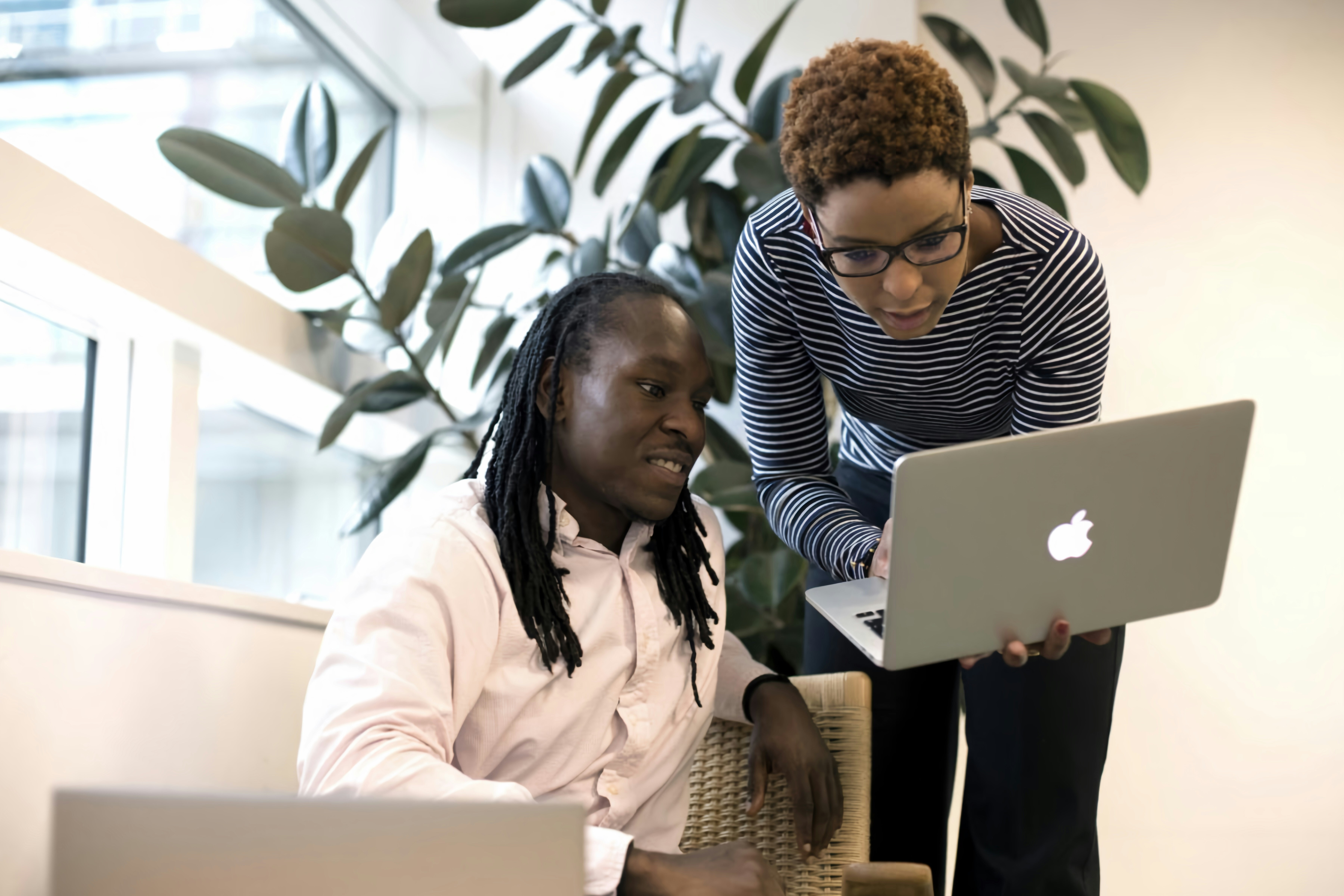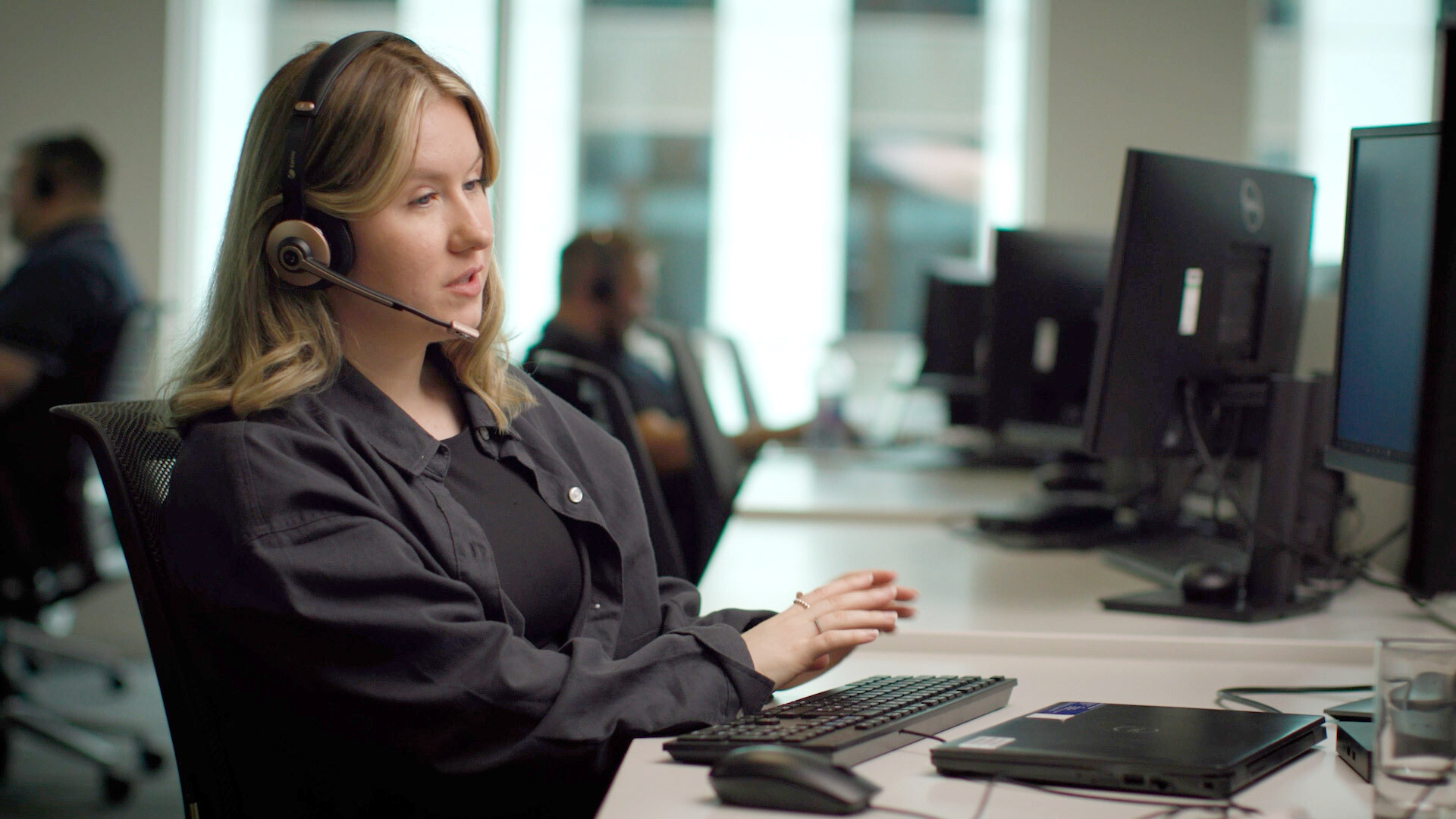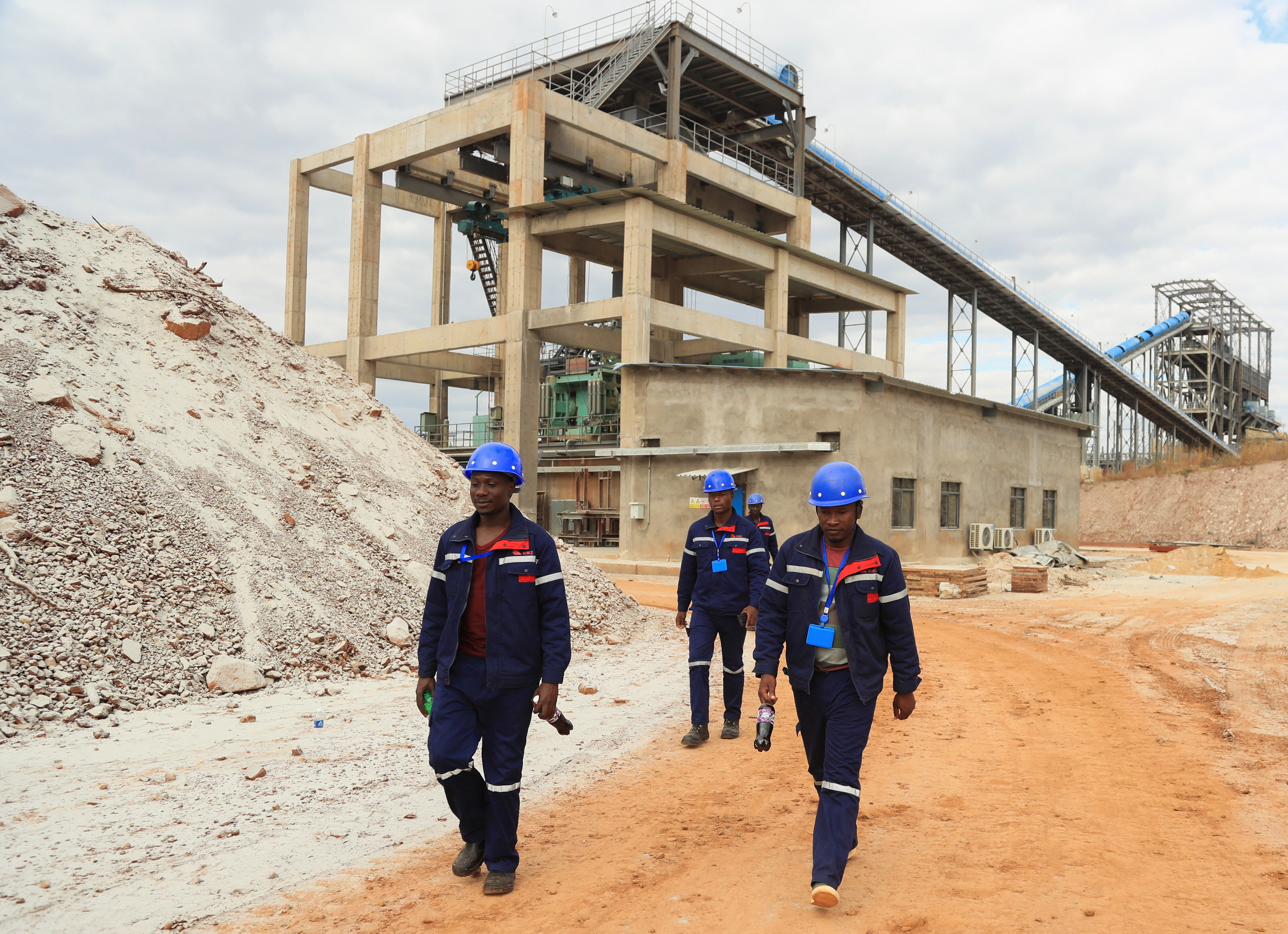Why it's time to rethink human capital in corporate valuation

Despite being an important driver of value creation, human capital is accounted for differently from other assets in our balance sheets.
Image: Unsplash/Christina @ wocintechchat.com
Stay up to date:
Jobs and Skills
- Despite being an essential driver of value creation, human capital is accounted for differently from other assets in our balance sheets.
- This paradox stems from viewing human capital as an immediate expense rather than a long-term asset.
- Recalibrating the perception of human capital allows companies to recognize and account for their most invaluable assets: their people.
As we come together for the 54th Annual Meeting of the World Economic Forum, a central theme for delegates will be how government, business and civil society can collaborate and come together to put people at the centre of a more prosperous trajectory.
Reflecting on this from a business perspective in today's evolving environment, where every asset is meticulously accounted for, one crucial element often remains in the shadows – human capital.
A discrepancy persists as companies increasingly recognize the pivotal link between having the best people and achieving superior performance. Despite being an important driver of value creation, human capital is accounted for differently from other assets in our balance sheets.
Consider this: when a company invests in state-of-the-art technology, the expenditure is fully recorded, contributing to the overall asset value from an accounting standpoint. Conversely, investments in human resources - including training and development - are accounted for as expenses. According to a recent Harvard Business Review study on this subject, such HR expenses are categorized as a type of fixed cost, which is partly why the treatment of employees begins with cost accounting.
Human capital: People are long-term assets
This incongruity stems from viewing human capital as an immediate expense rather than a long-term asset. The prevailing notion is a myopic assessment, considering only the immediate contributions to the bottom line as a return on investment. Yet, the true worth of our people extends far beyond these definitions. Let's consider better ways to account for the value that people create.
Much like real estate, where the value of the property tends to appreciate over time, our people appreciate through training and development, continuously adding value to a company as they gain experience and develop in their careers.
For example, market evidence from FTSE Russell, the global index and data provider, shows that companies that make the Fortune 100 Best Companies to Work For® List consistently outperform the market by a factor of 3.36. Many distinctions can be drawn between great places to work and those that are not, but one of the main differences is the investment that goes into employees. Investing in people and being a great place to work has a direct correlation to better company performance.
Diversity, equity and inclusion pays off
On a more granular level, you can also see this from investments in diversity, equity and inclusion (DE&I) initiatives.
When we invest in DE&I training and development for our people, we do it primarily because it is the right thing to do, but we recognize that it also has inherent business benefits. Research from McKinsey & Company found that companies in the top quartile for gender diversity on executive teams were 25% more likely to have above-average profitability than companies in the fourth quartile. The same research also found that in the case of ethnic and cultural diversity, the results were even stronger, with top-quartile companies outperforming those in the fourth quartile by 36% in profitability. Having a diverse workforce does not happen naturally, though, and it requires time, effort and investment in people – something that is considered an expense, further underscoring the need for new solutions to be found from an accounting perspective.
The same is also true for learning and development, which is critical for maintaining competitiveness. Building a culture of continuous learning throughout an organization is key to staying relevant and competitive because your people must have the right skills and capabilities for the future.
Investing in gender parity
At Allianz, through the investments we make in our people, we are proud to say that we have gender parity in the workforce, 172 nationalities, five generations, 39% female managers and 30% of our operating profit is managed by females. The average length of time someone stays at Allianz is 10.3 years, which is something we are incredibly proud of and is a testament to the investments we make.
We recognize there is always more we can do though, which is why we have targets in place with the World Economic Forum’s Good Work Alliance and strive to have at least 38% of women in executive positions by the end of 2024 and reach an average of at least 43 hours of learning per employee by 2024.
We have, and always will, significantly invest in our people because we recognize they are one of our strongest assets. That is why it is time to broaden the discussion on how human capital is recognized and integrated into a broader valuation framework and inclusive definition of the word asset.
While the discourse in finding better solutions to accounting practices is complex and is not likely to happen soon, one thing is resoundingly clear – investing in our people is not just ethically sound, it is a strategic imperative.
Imagine a world where accounting bodies can find better ways to account for the fact that the money invested in a company’s workforce is a catalyst for enhancing its capabilities and, by extension, the overall value of the business. It is a paradigm shift that not only aligns with the principles of fairness but also propels us into a positive cycle of continuous improvement.
Recalibrating the perception of human capital allows companies to recognize and account for the invaluable assets that walk through their doors every day – people. In essence, this shift can help redefine corporate valuation and be at the forefront of a movement that acknowledges and celebrates the true worth of human capital, thus putting people at the centre of a more prosperous trajectory.
Accept our marketing cookies to access this content.
These cookies are currently disabled in your browser.
Don't miss any update on this topic
Create a free account and access your personalized content collection with our latest publications and analyses.
License and Republishing
World Economic Forum articles may be republished in accordance with the Creative Commons Attribution-NonCommercial-NoDerivatives 4.0 International Public License, and in accordance with our Terms of Use.
The views expressed in this article are those of the author alone and not the World Economic Forum.
Related topics:
Forum Stories newsletter
Bringing you weekly curated insights and analysis on the global issues that matter.
More on Jobs and the Future of WorkSee all
Till Leopold
November 14, 2025
Jumoke Oduwole and Abir Ibrahim
November 11, 2025
Julie Iskow and Kim Huffman
November 11, 2025
Conny Kalcher
November 6, 2025
Ezgi Canpolat and Varalakshmi Vemuru
November 3, 2025
Amir Banifatemi
October 22, 2025





